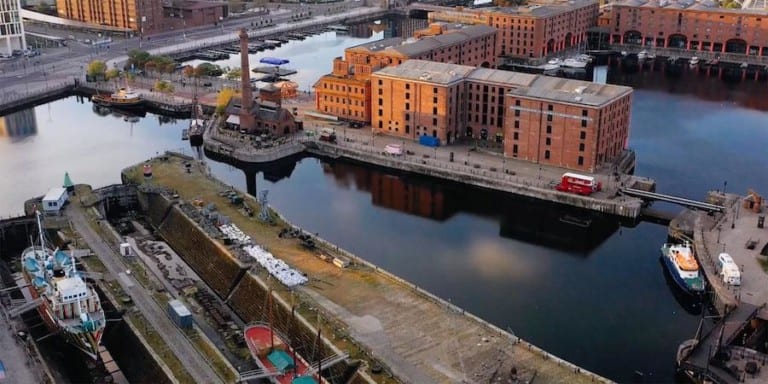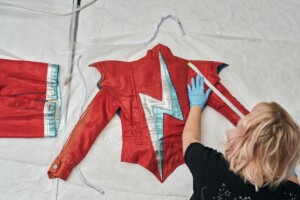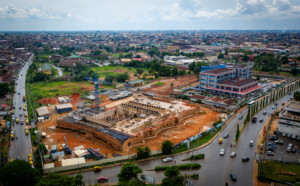National Museums Liverpool (NML) has announced plans for the continued development of the area around the docks, including the expansion of the International Slavery Museum, at present housed within the Merseyside Maritime Museum. NML hopes the move will give greater prominence to the museum, placing it at the forefront of both national and international debates around racial inequality and the enduring legacy of slavery.
“We’re thrilled to start the new year with news of our ambitions for our Waterfront Transformation Project,” says Laura Pye, director of National Museums Liverpool. “The slave trade was the backbone of the city’s prosperity, and it is long overdue to weave this history into the public realm.”
Overall it is hoped that the redevelopment will create a vibrant hub for both locals and visitors from further afield.
Competition announced
NML is launching a placemaking competition in March, to be managed by design consultants Colander Associates. Although the budget for the project hasn’t yet been announced, the competition will receive funding in the region of £120,000 from the Liverpool City Region Combined Authority.
Last December NML announced that the ISM was set to receive £55,000 towards the first stage of pre-development funding.

The overall brief for the competition is the transformation of the area between the Royal Albert Dock and Mann Island. It includes the creation of a pedestrian bridge; the repurposing of existing unused dock buildings and the historic dry docks; and the creation of new public spaces at Canning Dock. A series of smaller buildings, including the Piermaster’s House and the Great Western Railway Building, are also included in the plans.
“This project will be a big step towards enabling the public and our communities to share, enjoy and engage with its incredibly rich heritage,” says Pye.
Liverpool’s commitment to racial equality
Last year Metro Mayer Steve Rotheram launched a Race Equality Programme “to help tackle the system injustice and inequality that many BAME people still face.” He said that the expansion of the International Slavery Museum would contribute to that aim:
“Understanding and learning from our history is an integral part of building the brighter, fairer and more socially just future we all want – and our local museums are central to that.”
NML says it is also responding to the resurgence of the Black Lives Matter movement. “National Museums Liverpool will ensure that Black lives matter in all spaces,” it says on its website.
Community-led project
The museum will expand into the Dr Martin Luther King Jr Building, originally the Dock Traffic Office. Spaces will be created for education, exhibitions, discussion, and research.
“Significantly, it will speak with the voices of those most deeply affected by historic and contemporary slavery,” NML says in a press release. “A community-led model of working with Liverpool’s Black communities and victims of modern slavery will co-create the content and engagement programme around themes of historic slavery, human rights, social justice, racism, and discrimination.”
The Maritime Museum will also undergo changes. The idea is to link the two museums, creating a seamless visitor experience between the pair. The development will include new exhibition spaces, community areas and shared facilities.
Inviting, inclusive and relevant
The ambitious plans obviously aim to attract tourists. However, the hope is that they will also drive urban regeneration and both economic and social growth in the region. NML says the continuing presence of COVID-19 has “accelerated” plans. “With many of us remaining close to home and exploring hidden gems, the pandemic has demonstrated that locations should become better places to inhabit as well as visit,” says the press release.
The idea is that the Waterfront Transformation Project will “be inviting, inclusive and relevant, contributing to the placemaking and regeneration of the city with a development that people can be proud to have on their doorstep.”
National Museums Liverpool was advised on the masterplan by Feilden Clegg Bradley Studios, Planit-IE, and Arup. Feasibility plans for the small buildings part of the project are being drawn up by architects MICA and Harrison Stringfellow, and NML is actively seeking partners for the development of these buildings.
Images courtesy National Museums Liverpool.














